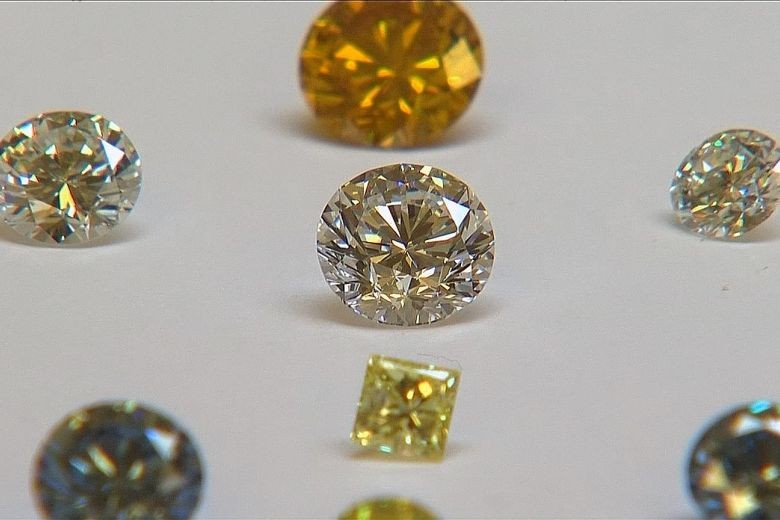Popular Reads
Top Results
Can't find what you're looking for?
View all search resultsPopular Reads
Top Results
Can't find what you're looking for?
View all search resultsDe Beers mines tech for future in synthetic diamonds
De Beers is going after lucrative but elusive high-tech markets in quantum computing, as it aims to expand its laboratory-grown diamond business beyond drilling and cutting.
Change text size
Gift Premium Articles
to Anyone
Diamond giant De Beers wants a new sparkle in its business.
It is going after lucrative but elusive high-tech markets in quantum computing, as it aims to expand its laboratory-grown diamond business beyond drilling and cutting.
Element Six, De Beers' synthetic diamond arm, is building a US$94-million factory in Portland, Oregon, an expansion that comes as scientists from Moscow to London push to develop diamonds for futuristic applications.
Researchers have long chased the synthetic "holy grail" of diamond semiconductors, without commercial success.
Resilient to extreme temperatures with super-conductive properties, diamonds can withstand conditions that silicon cannot, but roadblocks around cost and production have thwarted developers.
Now, coming of age after decades of experiments, technology called chemical vapor deposition, or CVD, offers a path to higher-quality, lower-cost production of synthetic diamonds and that opens the door to potential new computing markets.
Diamonds that are created by CVD anchor Element Six's fast-growing business for advanced laser, thermal and water applications, said its chief executive officer Walter Huhn.
"But there are other applications in the quantum field, including computing, sensors and magnetometry, that could become exciting parts of the business in the future," he added.
Read also: Millennials, Gen Z are diamonds' best friend: Report
Magnetometers, sensors measuring magnetism, can be used in mobile-phone networks.
"It's impossible to say at this stage just how big these could become, but it's an important area of research and development for us because the potential is so vast."
The global synthetic diamond market, from jewelry to medical equipment, is forecast at US$28.6 billion by 2023, up from about US$15 billion in 2014, according to Crystal Market Research.
Other companies in the sector include Russia's New Diamond Technology, Singapore's IIa Technologies and United States-based Diamond Foundry.
While the wholesale replacement of silicon semiconductors by diamonds is unlikely, niche markets such as the thermal management of semiconductor packaging, which is worth tens of billions of dollars annually, are likelier applications, said Mr Dan Hutcheson, chief executive officer of VLSI Research, a semiconductor research firm in California.
Element Six, which produced its first synthetic diamond in 1953, will also use CVD for the Lightbox line, jewelry with polished synthetic stones priced at US$800 a carat.
It targets an annual production of 500,000 rough carats by 2020.
De Beers abandoned its policy of strictly selling natural diamonds for jewelry in May, a U-turn that it said reflected consumer demand.
The shift coincides with challenges for diamond mining. Prices for natural rough diamonds are about 20 per cent below record 2011 highs, while synthetic production costs are dropping.











